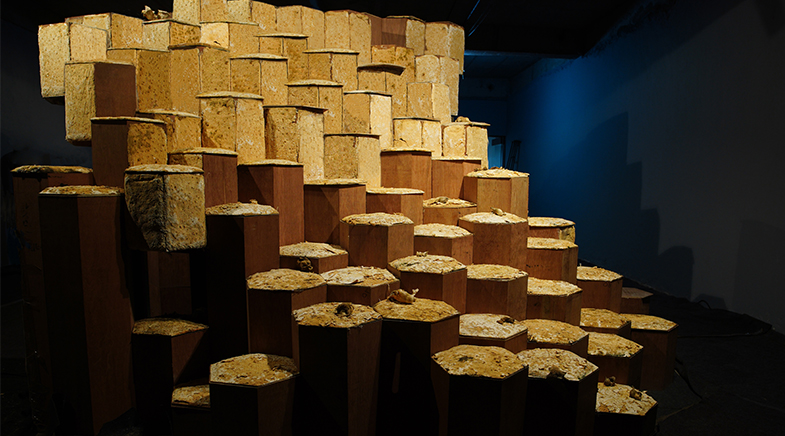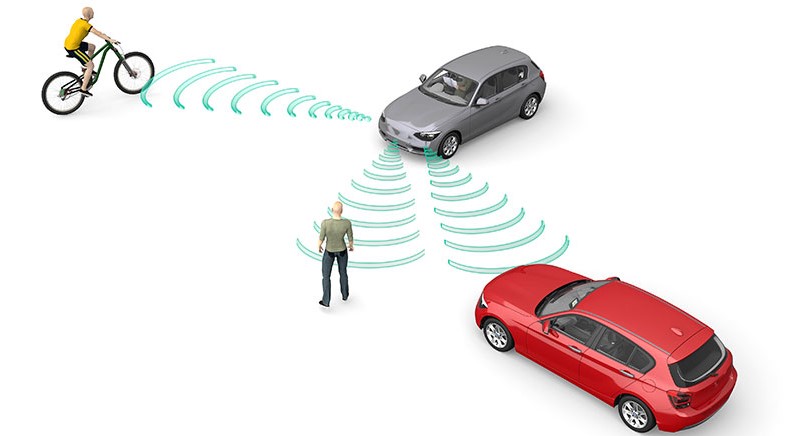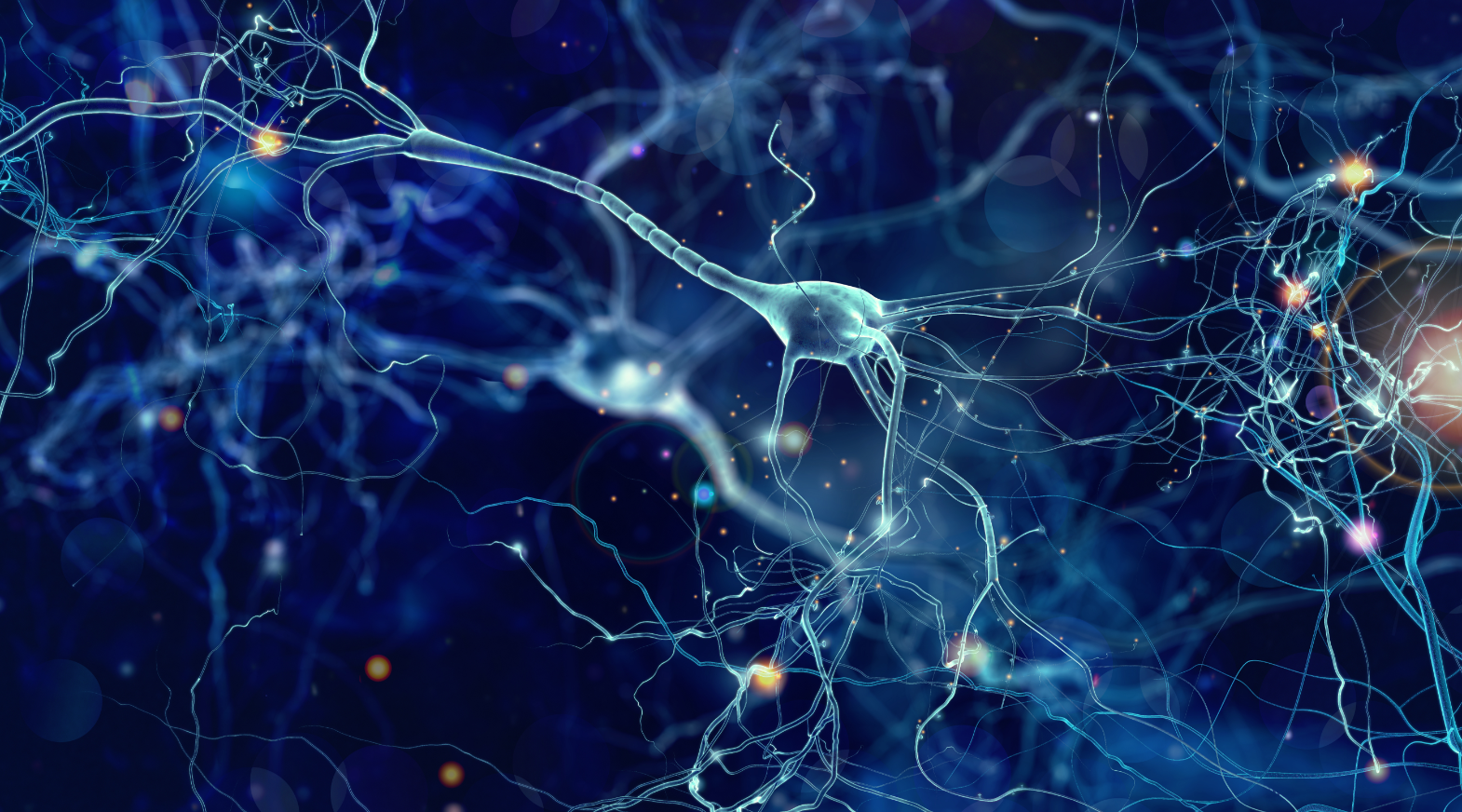There's magic in these mushrooms
-
- from Shaastra :: vol 02 issue 01 :: Jan - Feb 2023

Mushrooms are not merely adding umami flavours to food. Fungi are the answer to fashion, construction, computing solutions — and more.
Regulars at the Kochi-Muziris Biennale — in full swing now in the Kerala coastal city — are likely to recall a structure that caused quite a stir at the art festival a few years ago. The object of wonder was a mycelium pavilion. Kerala architect Asif Rahman and his team had inoculated locally sourced milky and oyster mushroom spores into a coir pith substrate spread over a wooden scaffold. The substrate and mycelium together formed the deeply entangled mesh of the pavilion. By the time the 2016-17 Biennale was over, the mycelium had demolished the substrate, too, and most of the pavilion, apart from its scaffolding, had returned to nature.
Clearly, mushrooms are not merely adding umami flavours to food. Fungi are popping up in almost every field in the expanding area of bio-based materials. Looking for a casing for a wine bottle or to send off a dear departed? There's a mushroom alternative. And in a situation that seems straight out of science fiction, the humble fungus has already demonstrated itself as a good candidate for unconventional computing solutions, with the potential of being used for making "living" computing devices.
Mushrooms are the scavengers of the natural world that feed on decaying or dead matter. Their elaborate network of hyphae, a root-like material, spreads out rapidly under the right conditions — high humidity and temperatures of 20-25° C — gorging on the substrate (a dead log or dog, agriculture waste and leftover food) and gradually returning the carbon back to its sink.
"The versatility of mushroom as a bio-based material comes from what I call the magic dough," explains Switzerland-based fungal biotechnologist Antoni Gandia. "We can shape lignocellulosic (biomass/plant dry matter) substrates for fungi in different physical dimensions, and let the mycelium ferment and grow on them. When the dough is in two dimensions, you can develop textile and mycoleather; in a 3D mould, you can make packaging material or decorative items."
In nature, Gandia explains, mycelium is a 3D matrix of filamentous fungal cells or hyphae. "It grows on trees, through the soil, on rocks and even on water, so it can virtually colonise and take any shape we could manage to provide for it," says Gandia, who offers consultancy to scientists and companies "trying to find their way with fungus, both for food and biomaterial applications". Currently, fungal leather is the most desired mycelium-based material, if inquiries on how to produce it are an indicator.
PAST ISSUES - Free to Read


Have a
story idea?
Tell us.
Do you have a recent research paper or an idea for a science/technology-themed article that you'd like to tell us about?
GET IN TOUCH














